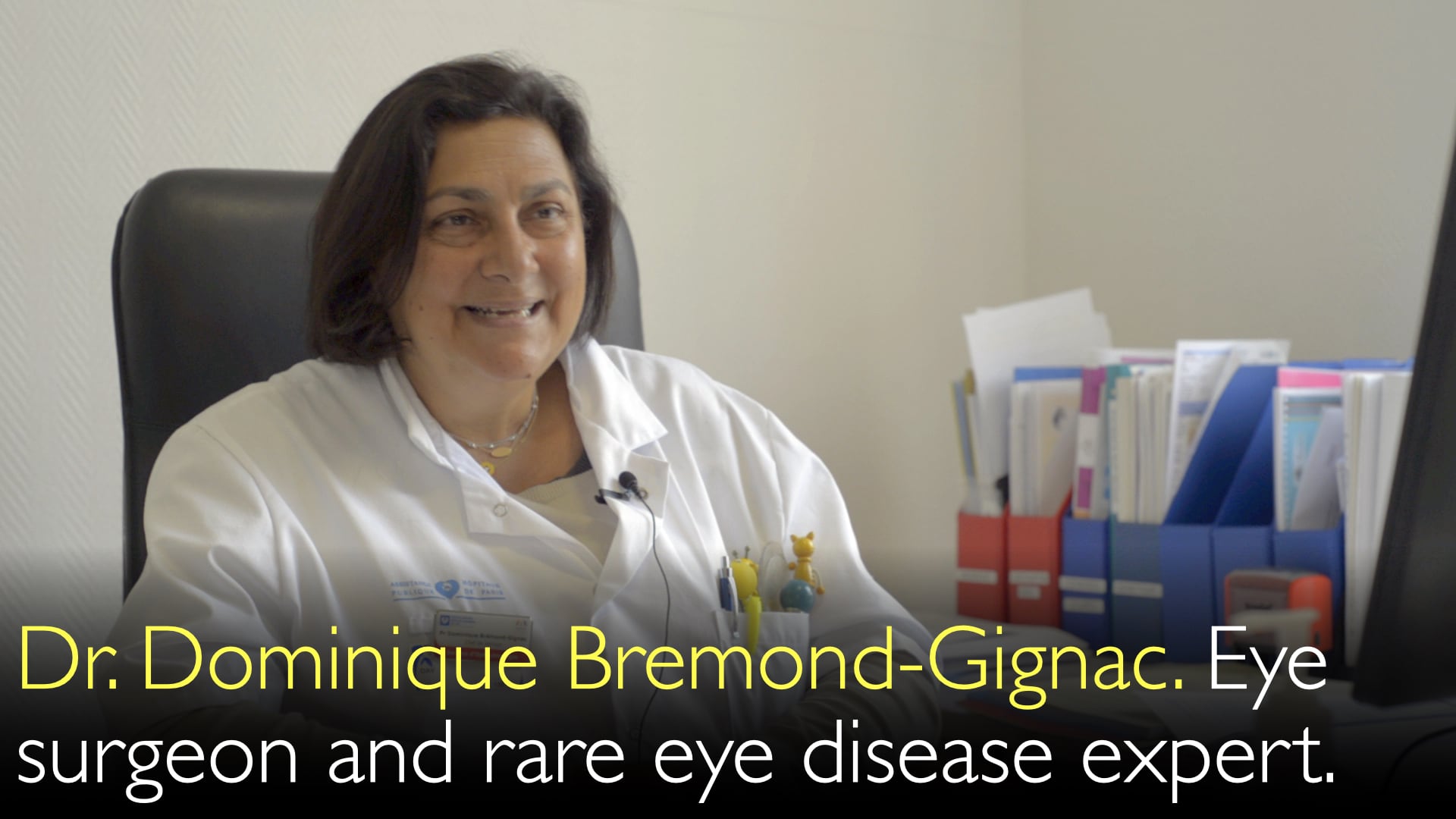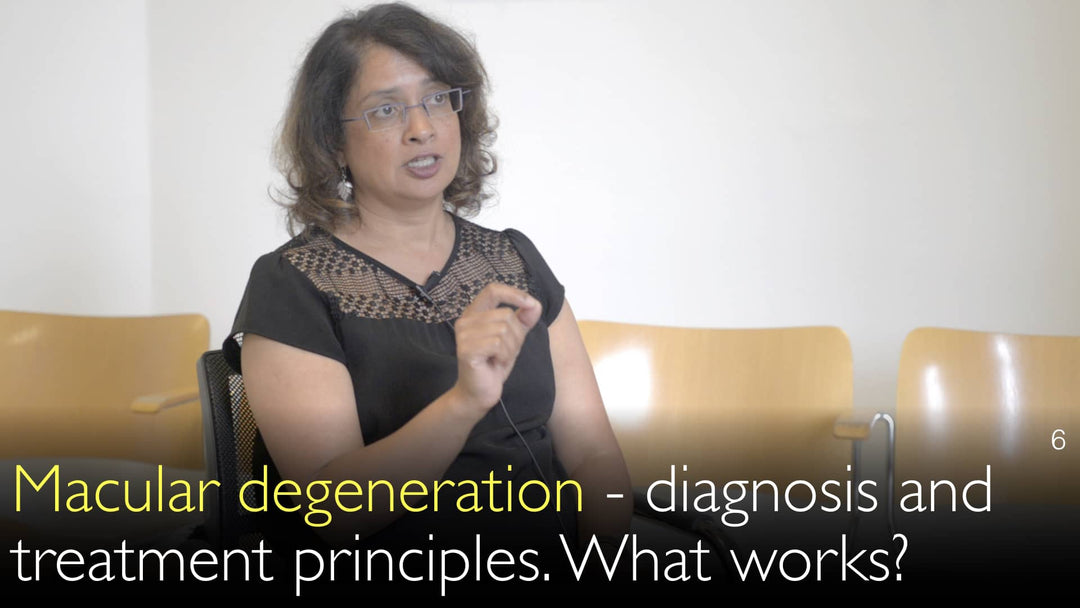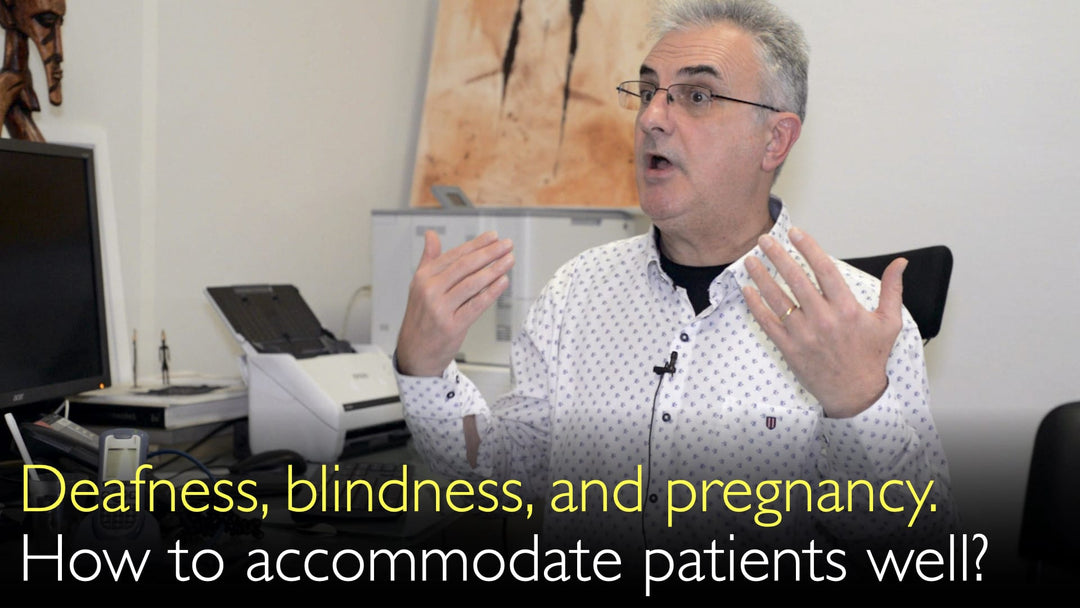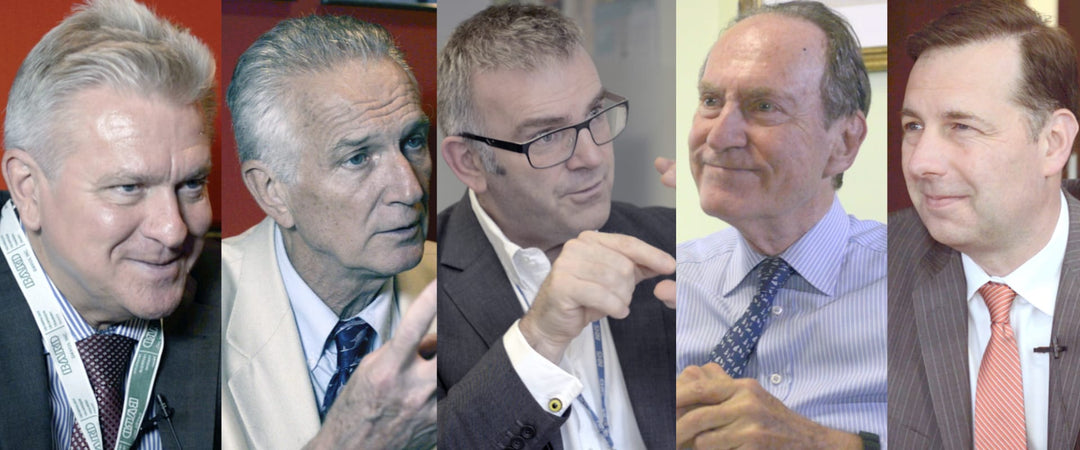A oftalmologista e especialista em doenças oculares raras, Dra. Dominique Bremond-Gignac, compartilha um estudo de caso marcante no qual a anamnese detalhada e a fenotipagem clínica foram decisivas para diagnosticar a doença de Kimura em um menino de 8 anos com tumores conjuntivais atípicos. O relato evidencia o papel fundamental da comunicação entre médico e paciente em diagnósticos complexos.
Como um Histórico Médico Detalhado Revelou um Raro Diagnóstico de Doença de Kimura em Oftalmologia Pediátrica
Ir para a Seção
- Tumores Conjuntivais Incomuns em um Menino de 8 Anos
- O Desafio Diagnóstico da Doença de Kimura Atípica
- Pista Crucial do Histórico Médico Familiar
- Tratamento Cirúrgico e Desfechos de Longo Prazo
- Lições-Chave para Oftalmologistas e Pediatras
- Por que a Fenotipagem Abrangente é Importante em Doenças Raras
- Transcrição Completa
Tumores Conjuntivais Incomuns em um Menino de 8 Anos
A Dra. Dominique Bremond-Gignac relata um caso notável de um menino de 8 anos encaminhado com o que parecia ser uma conjuntivite simples. A criança apresentava tumores conjuntivais bilaterais com características incomuns – granulomas vascularizados e escurecidos que vinham crescendo progressivamente ao longo de 6 a 8 meses. Essa apresentação atípica em um centro de atenção terciária imediatamente chamou a atenção da oftalmologista experiente.
O caso se destacou porque a conjuntivite raramente exige encaminhamento a um especialista, mas esses tumores exibiam características preocupantes. A Dra. Dominique Bremond-Gignac ressalta que achados inesperados em encaminhamentos de rotina frequentemente sinalizam condições raras subjacentes que demandam avaliação especializada.
O Desafio Diagnóstico da Doença de Kimura Atípica
O quadro clínico apresentava vários enigmas diagnósticos. A doença de Kimura tipicamente afeta populações asiáticas e não é considerada genética, mas este paciente era de ascendência normanda, com apenas parcial ascendência asiática pela mãe. A doença geralmente se manifesta nas glândulas salivares em vez de tecido ocular, tornando esta apresentação conjuntival excepcionalmente rara.
A Dra. Dominique Bremond-Gignac observa que, sem uma anamnese cuidadosa, o patologista poderia ter perdido completamente o diagnóstico de doença de Kimura. O caso destaca como doenças raras podem se manifestar de formas inesperadas, exigindo que os clínicos mantenham um amplo leque de considerações diagnósticas.
Pista Crucial do Histórico Médico Familiar
A descoberta diagnóstica ocorreu quando a Dra. Bremond-Gignac notou anormalidades faciais no pai e perguntou sobre seu histórico médico. O pai revelou que havia removido a glândula parótida na infância devido à doença de Kimura aos 11 anos – informação que se tornou crucial para resolver o caso do filho.
Essa interação demonstra como a observação clínica e um histórico familiar minucioso podem revelar conexões diagnósticas fundamentais. A condição do pai, embora não classicamente genética, sugeriu um possível componente hereditário nessa apresentação atípica.
Tratamento Cirúrgico e Desfechos de Longo Prazo
A Dra. Bremond-Gignac procedeu com a remoção cirúrgica de ambos os tumores conjuntivais, e a histopatologia confirmou doença de Kimura. A criança posteriormente desenvolveu complicações renais, uma associação sistêmica conhecida da doença, necessitando de tratamento intensivo.
Embora o caso tivesse implicações sérias, o diagnóstico preciso permitiu o monitoramento e a intervenção adequados. A Dra. Bremond-Gignac enfatiza que o diagnóstico oportuno impacta significativamente os desfechos em doenças raras para as quais existem protocolos de tratamento, mas que podem não ser amplamente conhecidos.
Lições-Chave para Oftalmologistas e Pediatras
Este caso oferece vários insights que podem modificar a prática clínica. Primeiro, uma "conjuntivite" persistente e não responsiva ao tratamento justifica avaliação especializada. Segundo, achados oculares incomuns devem motivar revisões minuciosas do histórico sistêmico e familiar. Terceiro, doenças raras podem se apresentar fora de seus padrões demográficos ou anatômicos típicos.
A Dra. Dominique Bremond-Gignac ressalta que dedicar tempo extra com pacientes e familiares frequentemente produz informações diagnósticas críticas que exames laboratoriais sozinhos não conseguem fornecer.
Por que a Fenotipagem Abrangente é Importante em Doenças Raras
A Dra. Dominique Bremond-Gignac destaca este caso como um exemplo primoroso de fenotipagem clínica – documentar sistematicamente todas as características físicas e sintomas antes de prosseguir com testes genéticos. Em doenças raras, a fenotipagem precisa orienta a análise genética apropriada e previne erros diagnósticos.
A Dra. Dominique Bremond-Gignac conclui que a comunicação médico-paciente permanece a ferramenta diagnóstica mais poderosa, especialmente para apresentações atípicas de condições raras como a doença de Kimura. Essa abordagem garante que os pacientes recebam diagnósticos precisos e tratamentos adequados, mesmo para manifestações excepcionalmente incomuns.
Transcrição Completa
Dr. Anton Titov: Há alguma história de paciente que você poderia discutir para ilustrar alguns dos tópicos que abordamos hoje? Você mencionou um caso muito interessante sobre oclusão de veia retinal. Você acompanhou uma série de pacientes. Há alguma outra história que você compartilharia com nossos espectadores?
Dra. Dominique Bremond-Gignac: Penso em histórias de pacientes todos os dias. Há muitas, mas não há tempo suficiente para detalhar todas. Compartilharei um caso que reflete nossa prática cotidiana, pois cada paciente tem sua própria história. Às vezes, um diagnóstico é bastante simples, mas em outros momentos, um caso clínico leva muito tempo para ser solucionado.
Atendi um menino de oito anos encaminhado a mim por conjuntivite. Ao examiná-lo, notei que a conjuntivite era incomum – normalmente, casos desse tipo não são encaminhados a um centro terciário, pois supostamente são tratados com facilidade. Esta criança tinha dois tumores na conjuntiva de ambos os olhos. Era a primeira vez que eu via aquilo.
Seu pai estava presente, e os tumores pareciam vascularizados, mas muito estranhos, como granulomas escurecidos. Conversei com o pai, que mencionou que os tumores vinham crescendo há seis a oito meses, primeiro em um olho e depois no outro. Perguntei se a criança tinha outros problemas, e o pai disse que não.
Então, notei que o pai tinha uma aparência facial incomum. Perguntei se ele tinha algum problema médico. Ele respondeu: "Sim, tive ambas as glândulas parótidas removidas quando tinha 11 anos. Minha mãe disse que eu tinha doença de Kimura."
A doença de Kimura não é supostamente genética e tipicamente ocorre em pacientes asiáticos. Esta família era da Normandia, embora a mãe fosse asiática. Discutimos a situação, e removi ambos os tumores da criança. O diagnóstico confirmou doença de Kimura.
Quando dedicamos tempo para fazer perguntas aos pais e conversar com eles, podemos resolver problemas complexos. Esta criança posteriormente desenvolveu problemas renais e precisou de tratamento intensivo, mas hoje está bem. Ter o diagnóstico correto foi fundamental.
Este caso ilustra o quanto é crucial ter um histórico clínico completo. Sem o histórico do pai, o patologista poderia não ter diagnosticado a doença de Kimura tão facilmente. Não se trata apenas de patologia ou cirurgia – é necessário um especialista perspicaz, consciente de doenças raras, para realizar diagnósticos oportunos.
Precisamos dedicar tempo aos pacientes, conversar com eles e cuidadosamente documentar todos os sinais e sintomas antes de avançar para a genotipagem. Todos esses passos são muito importantes no diagnóstico e tratamento.
Dr. Anton Titov: Obrigado, Professora Dominique Brémond-Gignac. Há algum tópico ou pergunta que eu não abordei, mas deveria? Há mais alguma experiência que você gostaria de compartilhar?
Dra. Dominique Bremond-Gignac: Não, acho que estamos aqui para curar pacientes, para cuidar deles e para fornecer diretrizes clínicas para doenças que conhecemos melhor do que outros. Devemos continuar com essa abordagem em benefício dos pacientes.
Dr. Anton Titov: Muito obrigado por esta conversa tão interessante! Esperamos conversar novamente no futuro sobre avanços em terapia gênica para miopia comum, doenças retinianas e problemas oculares anteriores. Há tanto para discutir! Agradeço muito esta conversa e tenho certeza de que todos a acharão muito útil. Muito obrigado!
Dra. Dominique Bremond-Gignac: Obrigada, Anton. Vamos em frente!








